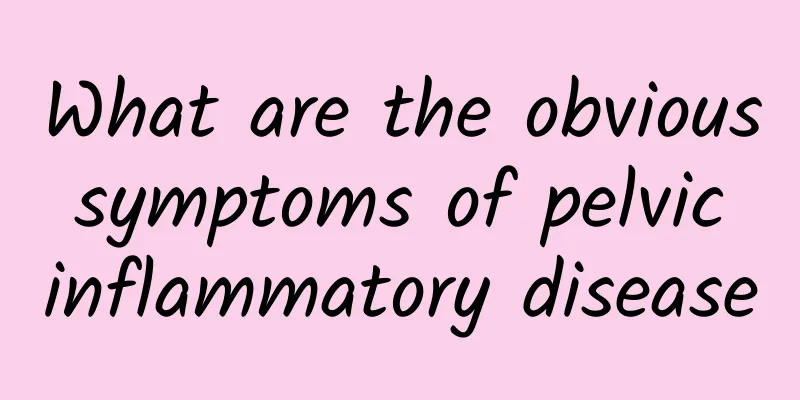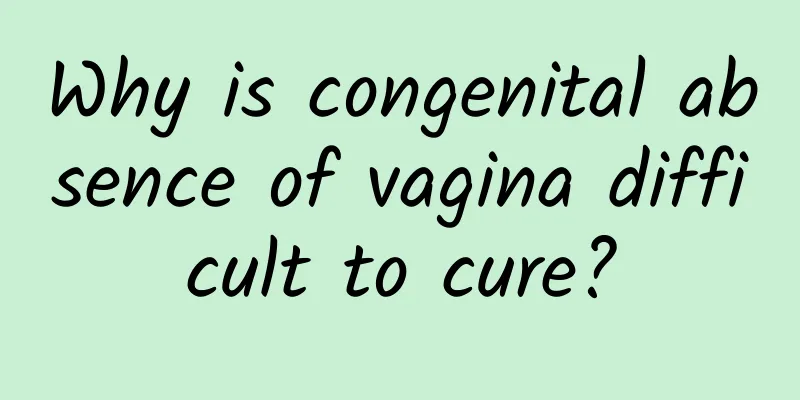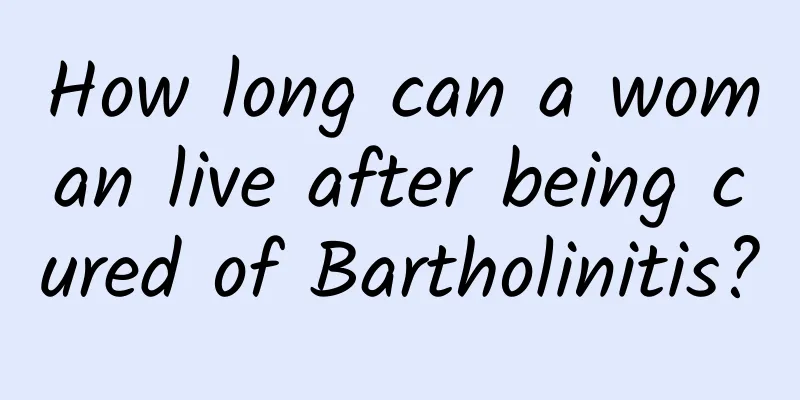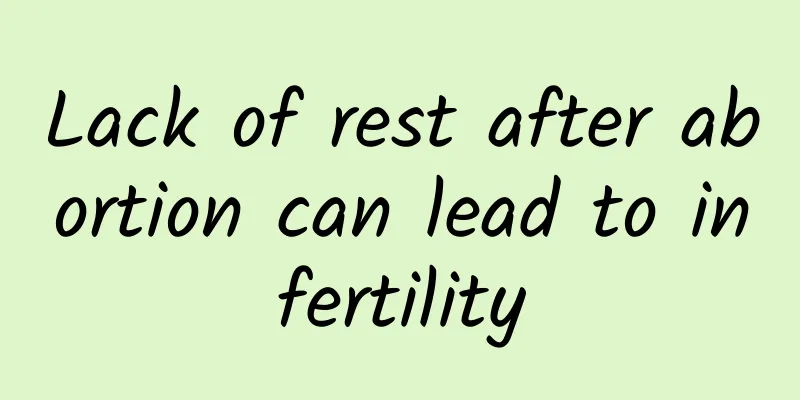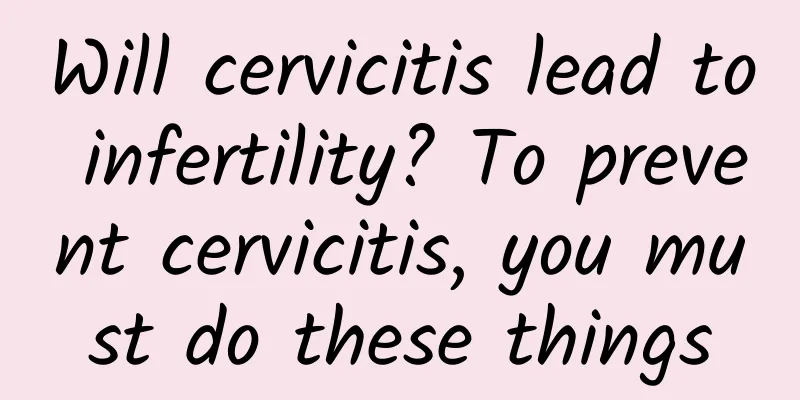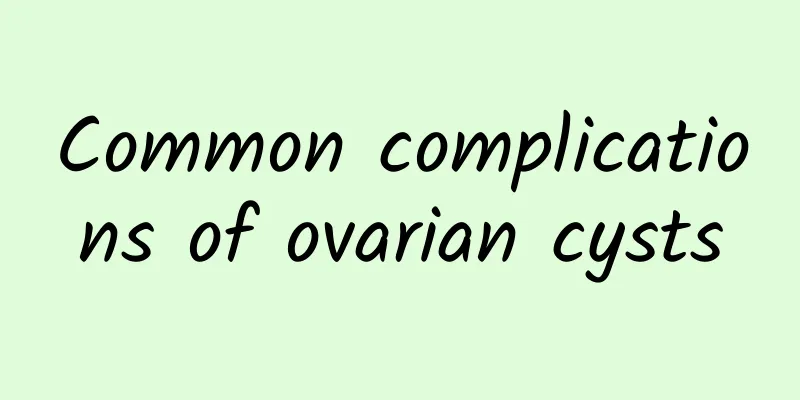How to Treat Ovarian Cysts
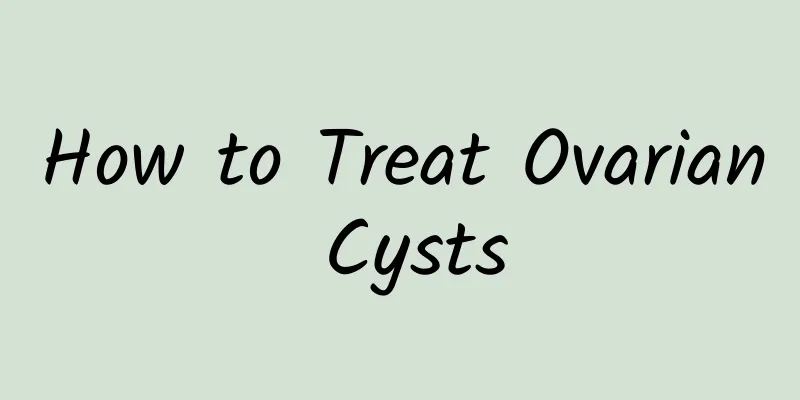
|
How are ovarian cysts treated? Ovarian cysts can be benign or malignant. The treatment method should be determined according to the severity of the ovarian cyst. You can choose cystectomy or hysterectomy. If the ovarian cyst is not particularly serious, is benign, relatively small, and has the possibility of self-healing, you can also use medication. It is recommended to find a professional before making a decision. So, how to treat ovarian cysts? Ovarian cystectomy If the pregnant woman has no menstruation and the tumor is more obvious on one side, lateral salpingo-oophorectomy can be used. Salpingo-oophorectomy is suitable for patients over 45 years old. The patient's own condition is not suitable for the common total hysterectomy of patients with severe inflammation. Adnexal and total hysterectomy Women approaching menopause or in menopause may have unilateral or bilateral ovarian cysts and are suitable for bilateral adnexectomy and total hysterectomy, but this has a great impact on the patient's endocrine system. Surgical treatment of malignant ovarian cysts Patients with advanced ovarian cysts need to have the primary cyst and visible pelvic and abdominal metastases removed. For malignant ovarian tumors with ascites, whether or not they are completely removed, a catheter needs to be placed in the abdominal cavity so that anticancer drugs can be injected into the abdominal cavity after surgery. The treatment of ovarian cysts is basically divided into conservative treatment and surgical extraction treatment. Patients are not recommended to undergo surgical treatment for ovarian cysts, because the removal of the ovaries, fallopian tubes and uterus has varying degrees of impact on the body's physiology and spirit. Do not stimulate ovarian cysts, and do not extract them casually. Many patients report that the cysts grow faster. The scientific method should be to choose the right medicine for active treatment, combined with close follow-up and reexamination, pay attention to changes in the nature of ovarian cysts, and then take appropriate treatment measures. |
<<: How to soak your feet to treat pelvic inflammatory disease
>>: Causes of menopausal bleeding
Recommend
Can I still have children after suffering from cervical warts?
Most people know that cervical warts are contagio...
Does progesterone capsules induce menstruation? Treating irregular menstruation
Progesterone capsules are an oral progestogen dru...
If you have dysmenorrhea, you can choose physical exercise to strengthen your physical fitness
If you have dysmenorrhea, you can choose physical...
What complications does abortion cause?
What complications can abortion cause? I believe ...
What are the hazards of uterine fibroid degeneration? What should be paid attention to when treating uterine fibroids?
The isthmus of the uterus gradually expands durin...
Carrot legs, get out of here! Ankle + calf spiral massage
(Author: Lian Shui Hua Yin) Carrot legs, get out ...
What is adenomyosis?
Adenomyosis is the most common gynecological dise...
Obesity is a chronic disease! Famous psychiatrist Yang Congcai: Improving obesity requires consideration of both physiological and psychological environments
The World Health Organization points out that &qu...
What are the symptoms of bacterial vaginosis
Symptoms of bacterial vaginosis include increased...
Understanding the symptoms of vulvar leukoplakia is very helpful for treatment
For most of our female compatriots, what they car...
Protecting women's health: Causes of abdominal pain after abortion
When women undergo abortion due to unexpected pre...
What are the diagnostic indicators for cervical precancerous lesions?
For diseases like cervical precancerous lesions, ...
What to eat for women with irregular menstruation
What should women eat if they have irregular mens...
What you need to know before you start weight training! Beginners should start by learning BIG3
The most important exercises for weight training ...
Is there any shadow? Can drinking coffee improve fatty liver? Nutritionist Zheng Shijia reveals: These two great foods are great teammates
Fatty liver is one of the most common liver disea...
